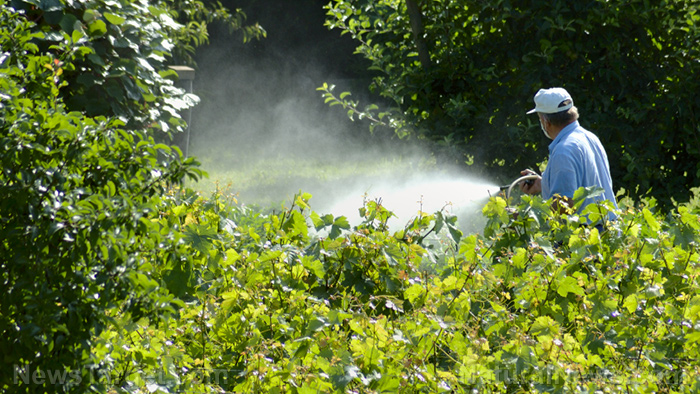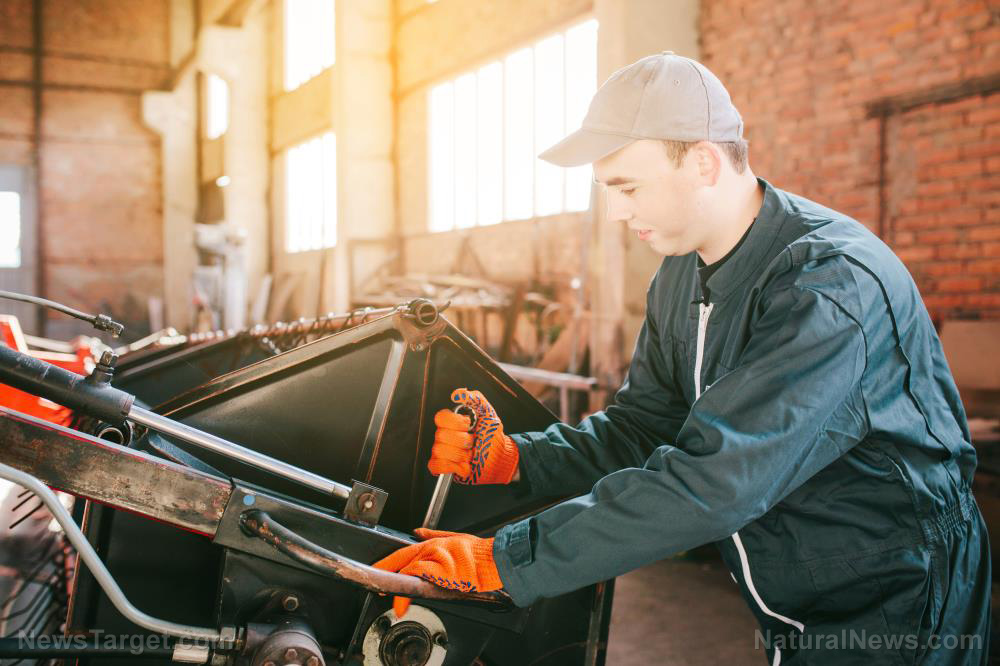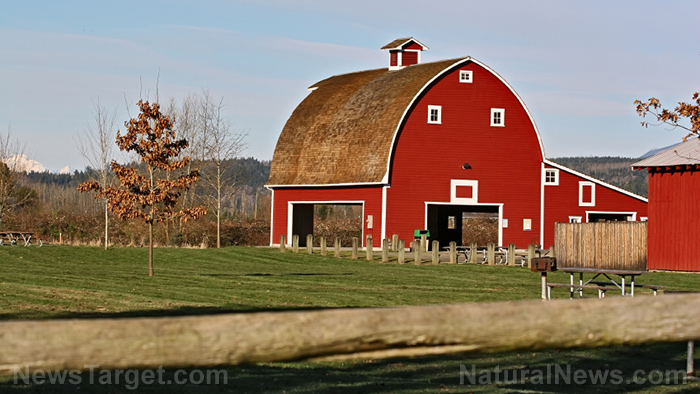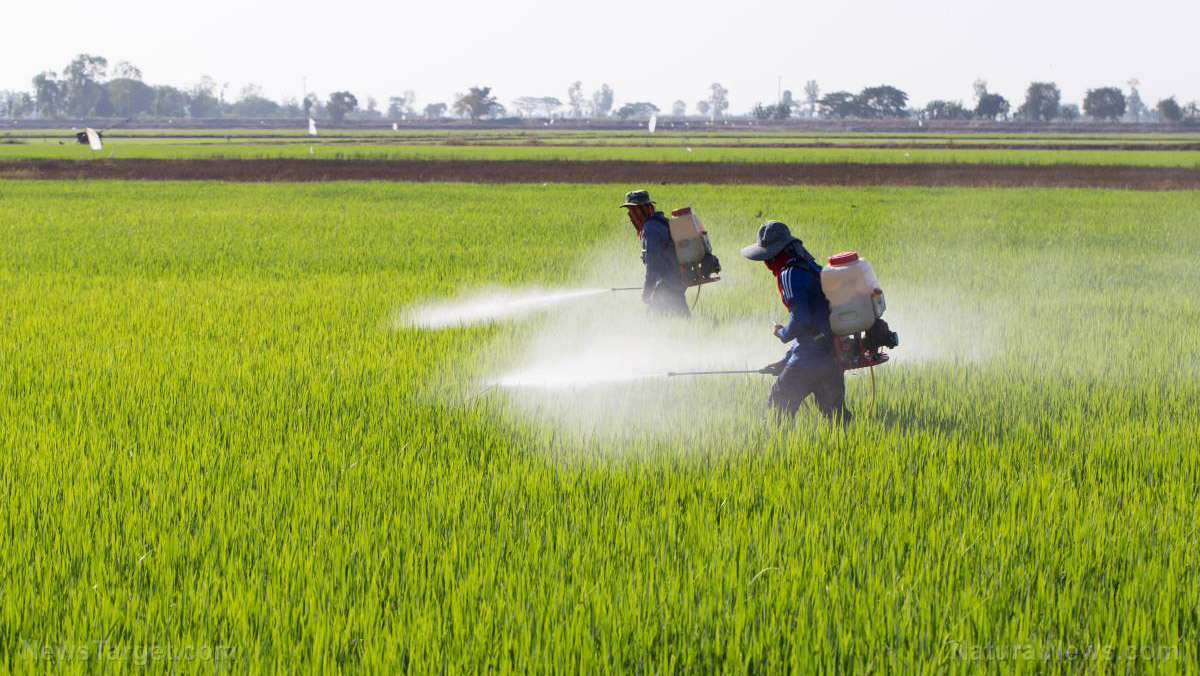Installing solar panels on pastures boosts land productivity, study finds
05/11/2021 / By Virgilio Marin
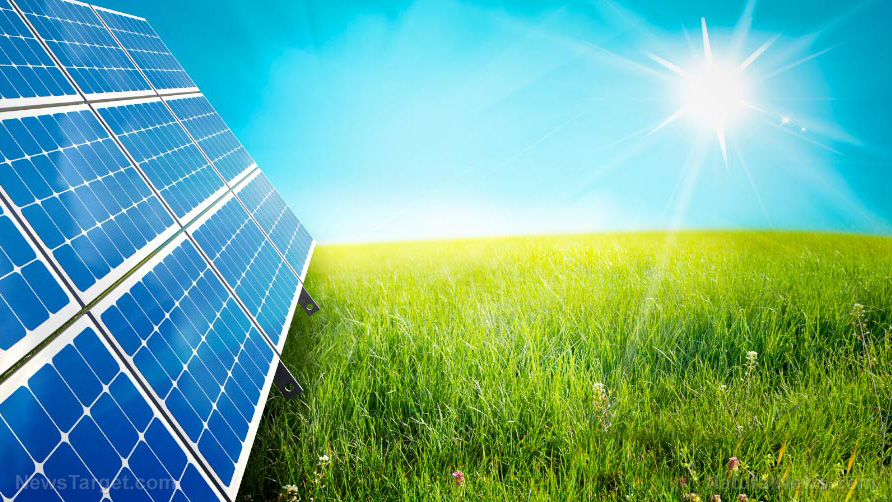
Raising lambs in the same area where solar panels are installed increases farmland’s ability to support crops and livestock. This is the conclusion of Oregon State University researchers after comparing pastures covered in solar panels with “traditional” open pastures.
The researchers detailed their findings in a paper published in the journal Frontiers in Sustainable Food Systems.
Exploring agrivoltaics to boost land productivity
The U.S. is on track to become more reliant on solar power in the next few decades. Solar panel installation in the country is increasing by an average of 48 percent per year over the past decade, and America’s solar generating capacity is expected to double again over the next five years.
But expanding the use of solar power will greatly affect agriculture. Past research shows that grasslands and croplands in temperate regions are the best places to install solar panels, which can cause competition between energy production and agricultural uses
Recent proposals look to diffuse that competition through agrivoltaics, which involves developing the same area of land for both agriculture and electricity generation. Plenty of studies on agrivoltaics show that the presence of solar panels can increase the productivity of plants that like shade.
That said, few studies have been conducted on the impact of solar panels on pasture and animal production. To that end, the researchers compared lamb growth in traditional open pastures to lamb growth in solar pastures for their study.
They found that while solar pastures produced 38 percent less forage (plants eaten by grazing livestock) than open pastures over the course of two years, the lambs in both types of pastures gained nearly the same amount of weight. The researchers explained that the higher quality of forage in solar pastures might have offset the smaller amount of forage. In addition, the solar panels also allowed the animals to preserve energy by providing shade, the researchers said.
In the first year of the study, the daily water consumption of the lambs in the two pasture types was similar in early spring. But in late spring, the lambs in open pastures consumed more water than those grazing under solar panels. There was no difference in the water intake of the lambs in the following year.
Overall, the returns from grazing were $1,046 per hectare (ha) per year (one hectare equals 2.47 acres) for open pastures and $1,029 ha per year for solar pastures. Serkan Ates, a professor of animal and rangeland sciences and one of the study’s researchers, said that the overall returns were about the same. That said, the numbers did not take into account the amount of energy that the solar panels produced, he noted.
“[If] we designed the system to maximize production we would likely get even better numbers,” he added. Additionally, lamb grazing cut costs and extra labor by alleviating the need for herbicides and regular mowing to manage plant growth in solar pastures. (Related: Installing solar panels on farmland could change how we generate power and produce food.)
The researchers concluded that combining lamb grazing and solar energy production on the same land greatly increases land productivity – a tract of land’s ability to support and sustain life.
Benefits of agrivoltaics
Here are some of the benefits of agrivoltaics:
- Reduces water use. Plants have a limit to how much sunlight they can use. Once they reach this limit, any light they receive will make them more thirsty. Solar panels can be positioned to allow plants just the right amount of sunlight.
- Increases energy production. Plants increase the productivity of solar panels by keeping them cool. In fact, studies show that solar panels placed above plants produce up to 10 percent more electricity.
- Boosts plant growth. As mentioned above, solar panels can increase the productivity of shade-loving plants.
Agrivoltaics improves food production and reduces water use while also creating energy and additional revenues. Learn more about agrivoltaics and other sustainable agricultural systems at Harvest.news.
Sources include:
Tagged Under: agriculture, agrivoltaics, animals, electricity, environ, environment, food science, future science, pastures, Plants, renewable energy, research, science and technology, solar energy, solar power, sustainable living, trees
RECENT NEWS & ARTICLES
COPYRIGHT © 2017 HARVEST NEWS

